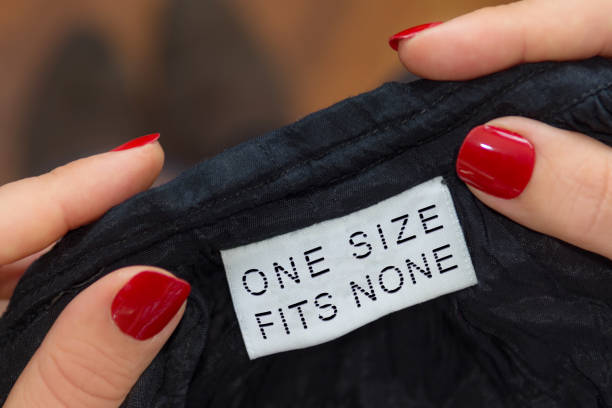In modern-day football, pundits and ardent fans of the game lament that players spend much time practicing scoring or defending set-piece goals. Players train to master this. Set-piece goals result through free kicks, corners, and throw-ins. Pundits argue it kills the natural persona of the game. To score such goals, creativity or strategy is not necessary is the contention.
PR in India is in a similar situation. At a recent PR and Communications event, a senior editor from one of the regional media narrated his routine. Every day, when I open my mailbox, I see a flood of press invites and press releases. Even before I have skimmed through them, I can see follow-ups to that from the sender on WhatsApp, Text messages, and attempts to call me, he explained. What’s worse, I don’t know who these folks are and which organisation they represent. Even a decade ago, this was not the case. Meeting senior journalists and editors to establish a human connect was considered important. It helps us build the context and results in a better understanding of the event or the release.
Meeting media is a dying art. Why meet, when there are several ways like emails, phone calls, messaging, social media to connect with a journalist? Consultancies have so many challenges every day. Who has the time to meet when commute also takes a toll on time? We live in an era where Twitter is used for story pitches and WhatsApp for spokesperson quotes.
Another dying art is reading and tracking news. Communications and PR veterans fondly recall how they would spend the first hour in the office reading newspapers and periodicals to keep a tab on happenings every day. Technology invasion has changed the dynamics here too. News alerts and real-time news have brought about convenience and save time. We often hear arguments and counterarguments on this. One side argues the olden way helps to build a real understanding of happenings. The other side counters that in this era of information overload, it is impossible to practice the old ways of reading.
While this is the lacunae in downstream PR or conventional PR practices, on the upstream, we see Set-piece PR practice of another kind. Digital PR strategies have become set-piece. Online exposures, tapping Key Opinion Leaders (KOLs), Celebrities, and Social Media have become compulsory PR strategies. If you say you may not need all of these all the time for your brand, the reaction is one of a strange look, as if you are from another planet. You and your brand are branded laggards in the digital PR journey.
What the brand should accomplish, and why? What are we communicating (content), why, and how (creative rendering) gets secondary preference. Lack of downstream PR skills only adds to this. Lack of complete understanding of the brand and the market it operates in many a time pushes the consultancy to push one size fits all communications strategy. Today several firms believe that they have the best knowledge, skill, and experience to deliver Digital PR effectively. One is not doubting their credentials or abilities. However, if the articulated strategy is a misfit for the brand, then it is unlikely to deliver the desired results. It is not going to add value to anyone the brand, the consultancy, the media or the KOLs.
With debates around online advertising and its effectiveness raging in India, time is right for communications and PR professionals to think if they need set-piece PR and how much of it would they need.



Very well said Madam. While I agree that social media, et all is taking over personal touch, I am old school believing in personal touch. Do you think social media has caused a quick saturation syndrome, where folks move on to the next level quickly?
Sorry for the late reply. I think eventually social media fad will settle down and we will learn to balance both offline and online. Let us hope for that 🙂